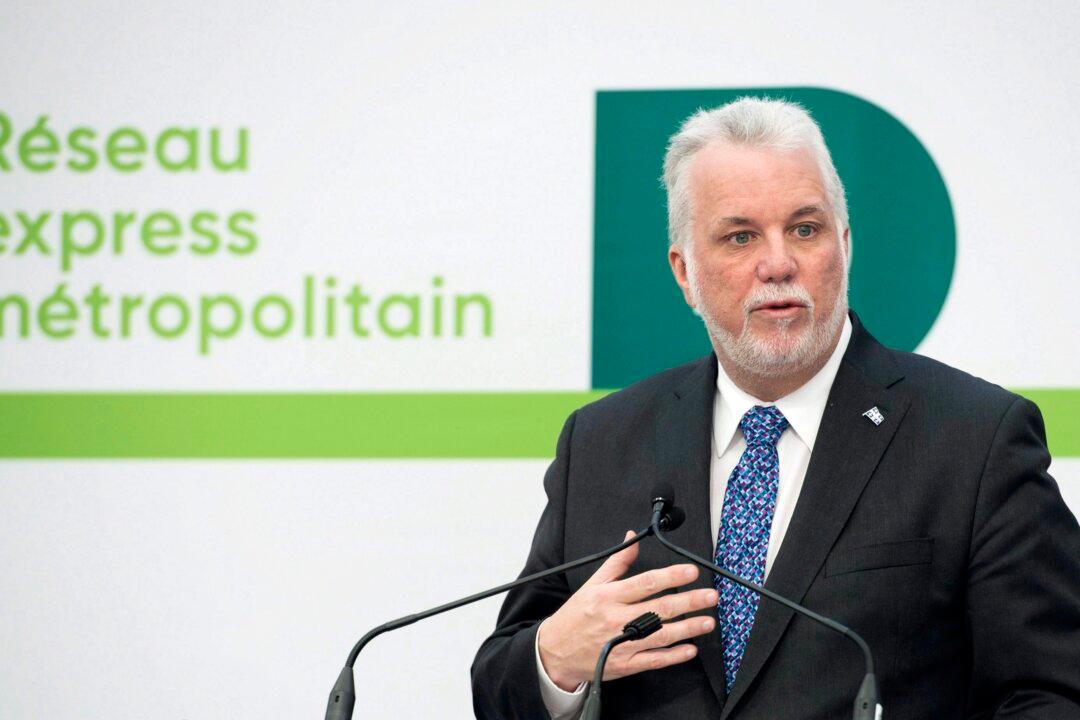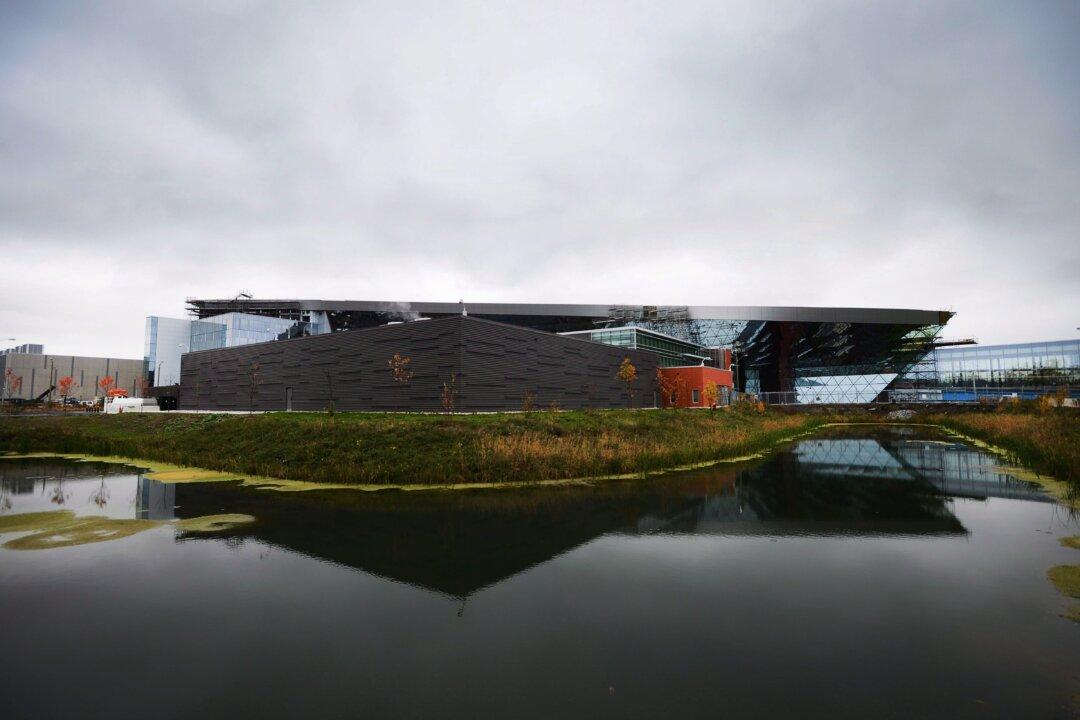OTTAWA—A nascent federal agency designed to find new ways to finance construction of transit systems is making its first investment in a multibillion-dollar electric rail system in Montreal.
The Canada Infrastructure Bank will provide a $1.28 billion loan to help build the $6.3 billion system largely managed and funded by Quebec’s pension regime, with interest rates rising from 1 percent to 3 percent over the 15-year term.





